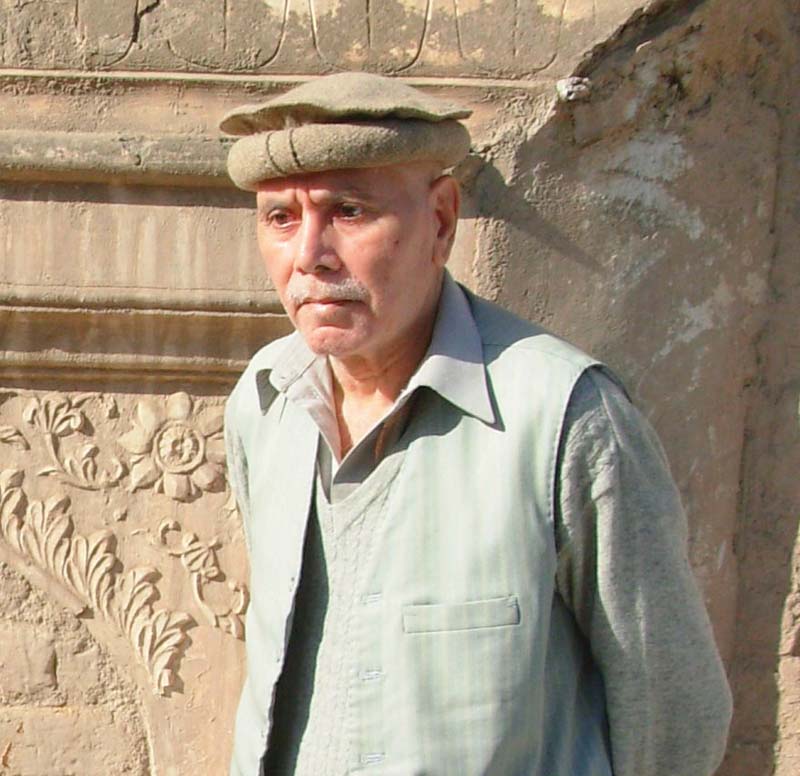
Muhammad Nawaz spent a vast portion of his life spinning the wheel of time to unravel its many secrets. He pieced together history of Pukhtuns, Jews in Peshawar, the military and the legacy of the British in Khyber-Pakhtunkhwa. The historian also wrote extensively about the Gandhara civilisation.
Custodian of the past
“He was an authority,” Ali Jan, a history enthusiast who worked closely with Nawaz, told The Express Tribune. “He cracked a number of riddles about the past. His efforts have helped us document Peshawar’s history.”
Jan helped the late historian in his work on British-era cemeteries in K-P and Fata. “During our work, we identified Jewish places of worship prior to 1949 and researched the origin of Jews in Peshawar,” he said. “Muhammad Nawaz also discovered a native Christian cemetery in Wazir Bagh where Annie Norman—a Church of England Zenana Missionary and the daughter of General Sir Henry Norman—is buried.”
Testing the waters
Born on November 23, 1943, Nawaz wore many hats throughout his career. He wrote his first Pashto booklet while he was still in middle school and kicked off his literary career at the age of 14.
He graduated with a BSc Honours from the University of Agriculture and subsequently joined the Pakistan Army from 1966 to 1991. Nawaz also served as the wing commander at Balahisar Fort.
During this period, he worked as an official historian of Frontier Corps and penned some of his most distinguished works such as The Guardians of the Frontier and The Valiant Scouts. Nawaz also collected bits and pieces of history about Balahisar Fort which have been installed on twelve plaques at various locations on the premises. As visitors walk through the fort, the plaques provide fascinating trivia about the fort.
Nawaz has published 189 research papers and 35 books on a range of subjects. He has written in Urdu, Pashto and English.
The writer dabbled in both prose and poetry and also wrote scripts for TV programmes on cultural heritage. In the past, he served as the editor of various journals and newspapers such as The Gandhara Times. Prior to his death, he had written over 139 articles which are in the process of being published.
Records and archives
The historian collected over 7,000 books and journals, 3,000 newspapers, 4,000 copies of The Gandhara Times and a large number of manuscript books and rare articles.
His family maintains a Historical and Literary (Tarikhi wa Adabi) Diary. The initiative aims to collect and compile resources for the purpose of posterity. His family also plans to compile and publish his work.
Published in The Express Tribune, October 5th, 2015.


1719660634-1/BeFunky-collage-nicole-(1)1719660634-1-165x106.webp)

1732276540-0/kim-(10)1732276540-0-165x106.webp)






COMMENTS (2)
Comments are moderated and generally will be posted if they are on-topic and not abusive.
For more information, please see our Comments FAQ